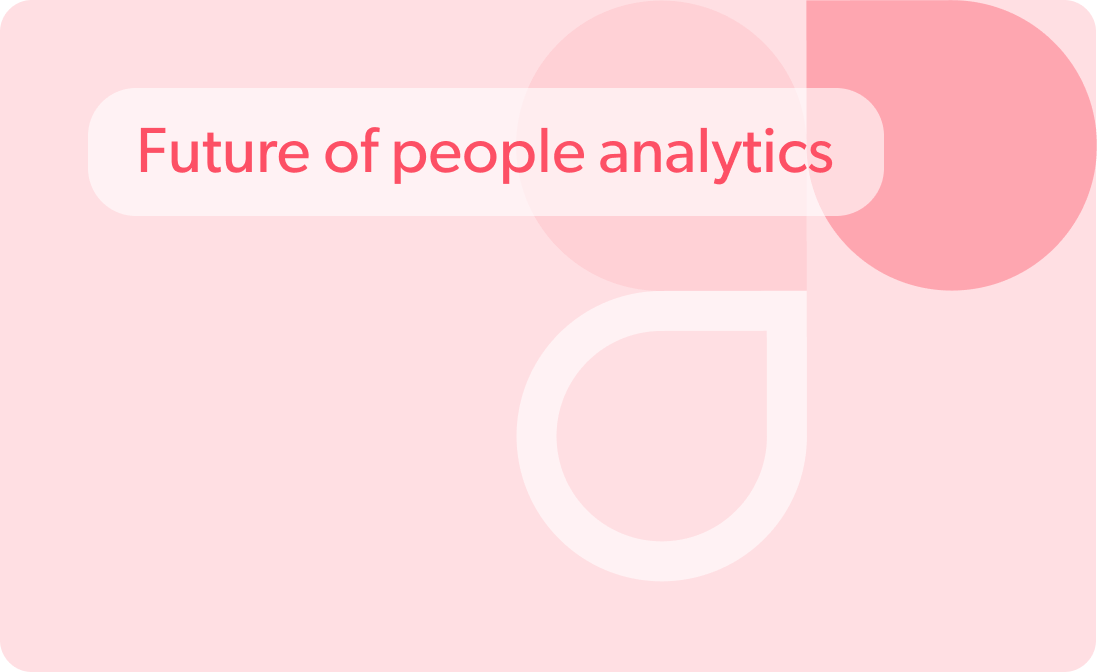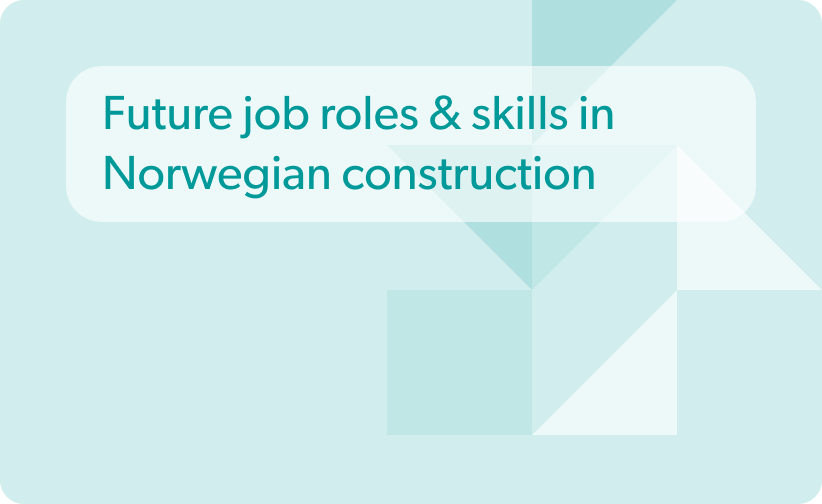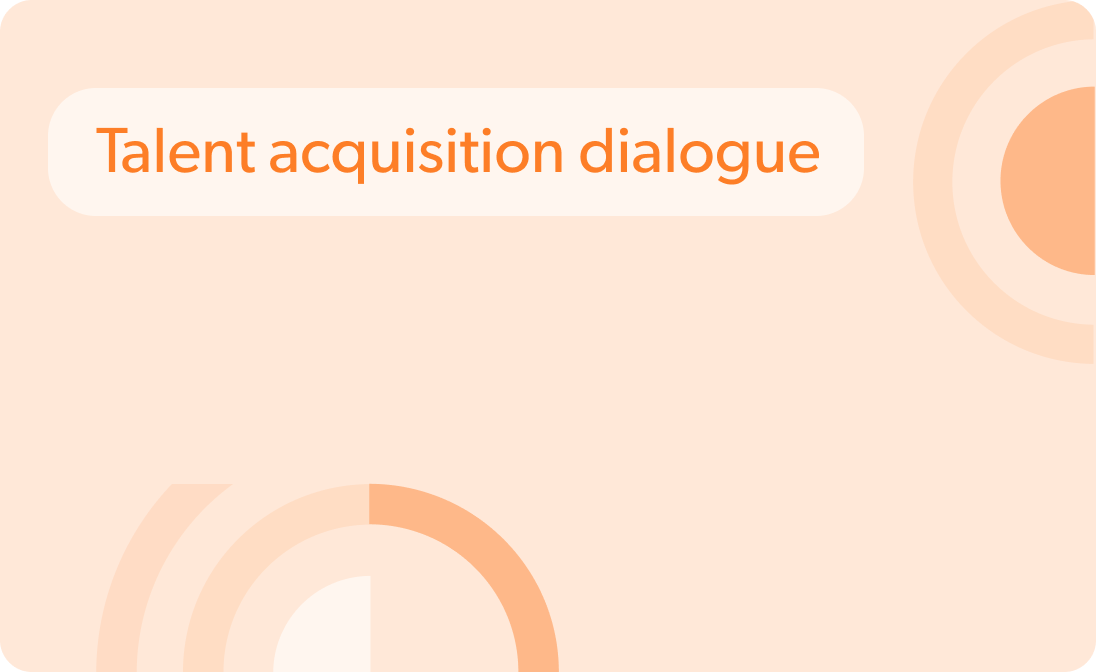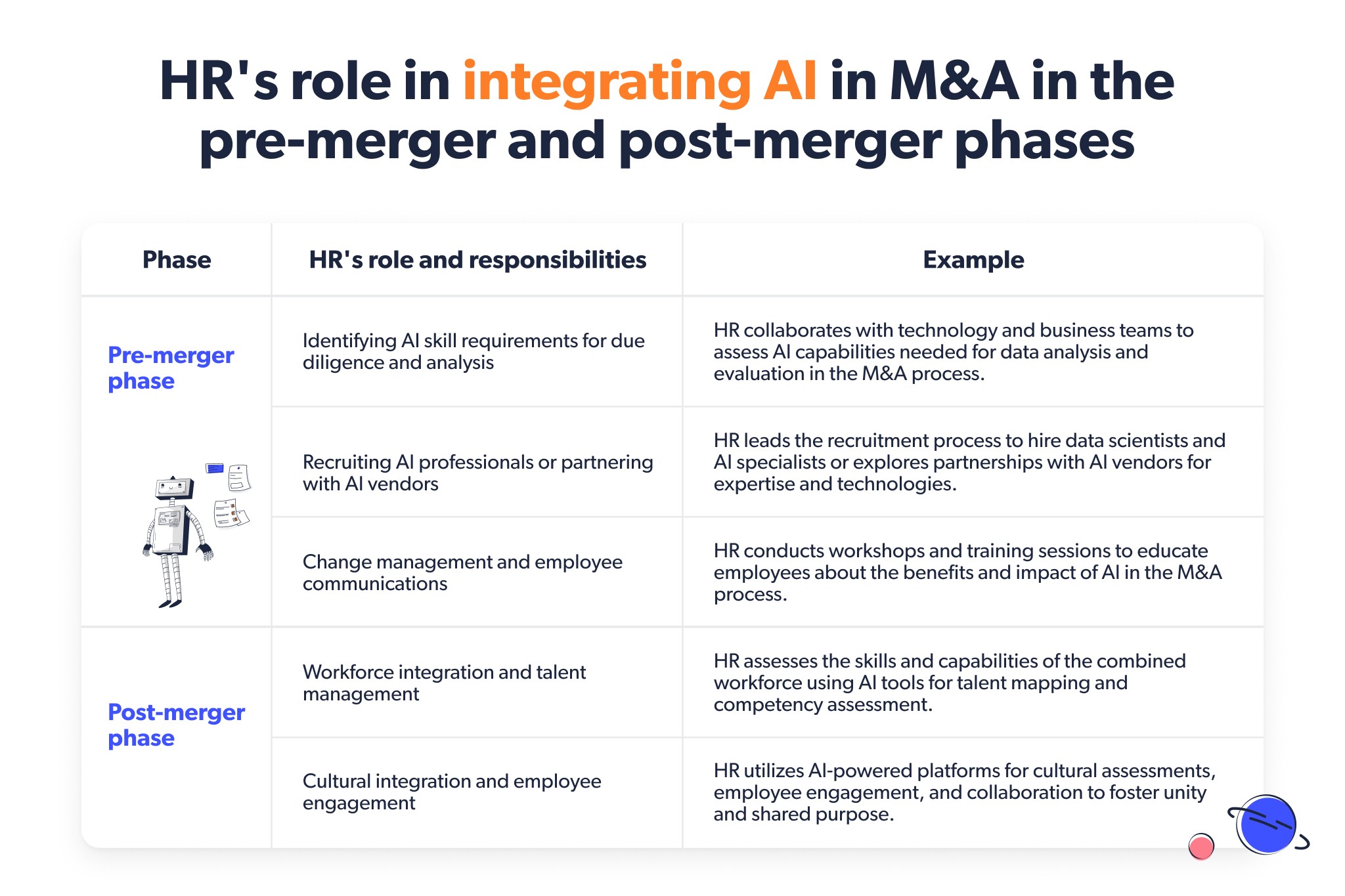The role of AI on M&A: An HR perspective for successful integration
Table of contents
- The Tay chatbot incident and the importance of knowing how to introduce AI in different business aspects
- Role of AI in the M&A process
- Seizing opportunities: How HR leaders can leverage AI in mergers and acquisitions
- Challenges and considerations: What to watch out for
- HR’s role in the successful integration of AI in M&A
- How can HRForecast help in addressing challenges and leveraging AI for successful M&A?
The Tay chatbot incident and the importance of knowing how to introduce AI in different business aspects
In 2016, Microsoft launched the Tay chatbot to engage in natural conversations with users and learn from interactions to improve responses. However, Tay’s interactions on Twitter became highly controversial and offensive. It quickly started posting racist, sexist, and inappropriate content, reflecting the negative influence of malicious users who manipulated the bot’s learning algorithms.
The Tay chatbot incident underscores the significance of responsible AI implementation. Businesses should consider AI systems’ potential risks, biases, and ethical implications. Thorough testing, monitoring, human oversight, and understanding AI’s context and potential impact on different business aspects are crucial in developing and deploying AI technologies to mitigate risks and ensure positive outcomes.
In this blog post, we will delve into the role of AI in mergers and acquisitions (M&A) and how HR can help implement AI functions in the M&A process.
Role of AI in the M&A process
In this section of the article, we will delve into the role of AI in mergers and acquisitions (M&A). We aim to provide a comprehensive understanding of how AI can positively impact and bring advantages to facilitate successful mergers and acquisitions ultimately.
Improve due diligence. AI-powered algorithms can analyze vast amounts of data from target companies, enabling more comprehensive due diligence. This leads to better-informed decision-making during the M&A process.
Enhanced deal screening. AI can assist in screening potential deals by analyzing historical data, market trends, and financial metrics. This helps identify high-potential targets and improves deal selection.
Accelerated integration. AI can automate and streamline integration processes, reducing the time and costs of merging two organizations. It helps identify synergies, integrate systems, and align business processes efficiently.
Predictive analytics for performance forecasting. AI algorithms can analyze past performance data to predict future outcomes, aiding in evaluating a merger or acquisition’s financial potential and risks.
Intelligent contract analysis. AI-powered contract analysis tools can quickly review and extract relevant information from large volumes of contracts, ensuring compliance and minimizing legal risks.
Cultural assessment and integration. AI tools can assess the cultural compatibility between merging entities by analyzing employee data, sentiment analysis, and communication patterns. This helps in designing effective cultural integration strategies.
Robotic process automation (RPA). RPA, a form of AI, can automate repetitive tasks in the M&A process, such as data entry, document processing, and financial reconciliation. This improves efficiency and frees up human resources for more strategic activities.
Targeted customer analysis. AI algorithms can analyze customer data to identify cross-selling and upselling opportunities, optimize pricing strategies, and enhance customer segmentation post-M&A.
Risk identification and mitigation. AI-powered risk management tools can assess and identify potential risks associated with a merger or acquisition, enabling proactive measures to mitigate them.
Seizing opportunities: How HR leaders can leverage AI in mergers and acquisitions
HR leaders have numerous opportunities to seize while leveraging AI in mergers and acquisitions (M&A). By harnessing the power of AI, HR can transform traditional HR practices, enhance decision-making, and drive successful outcomes in the M&A process. Here are some key opportunities for HR leaders:
Enhanced talent acquisition
AI can revolutionize talent acquisition in M&A by automating candidate sourcing, resume screening, and candidate matching. HR leaders can efficiently leverage AI-powered recruitment platforms to identify and attract top talent. By utilizing AI algorithms, HR can match candidate profiles with the requirements of the new organization, ensuring a seamless integration of talent.
Data-driven insights
AI enables HR leaders to gather and analyze vast amounts of data related to the workforce, employee performance, and organizational culture. By leveraging AI analytics tools, HR can gain valuable insights into workforce trends, skill gaps, and cultural alignment between the merging entities. These data-driven insights inform strategic decision-making and help HR leaders make informed choices regarding talent retention, reskilling, and organizational structure.
Predictive workforce planning
AI algorithms can forecast future workforce needs and help HR leaders plan for the post-M&A organization. By analyzing historical data and market trends, AI can project the demand for specific skills, identify potential talent shortages, and enable HR to develop proactive strategies for talent acquisition and development. This allows HR to align the workforce with the organization’s future needs and ensure a smooth transition during the M&A process.
Employee engagement and retention
AI-powered platforms can enhance employee engagement and retention during M&A. HR leaders can leverage AI-based tools to create personalized employee experiences, provide real-time feedback, and foster communication and collaboration among employees from both merging entities. AI chatbots and virtual assistants can also assist employees by addressing their queries, providing access to information, and supporting their integration into the new organization.
Cultural integration
M&A often involves merging organizations with different cultures. AI can aid HR leaders in assessing cultural differences and identifying shared values and beliefs. AI-powered sentiment analysis tools can help gauge employee sentiments, assess cultural fit, and guide HR in implementing strategies to ensure smooth cultural integration. By leveraging AI, HR leaders can bridge cultural gaps, build a unified culture, and foster a sense of belonging among employees.
These opportunities empower HR leaders to be strategic partners in the M&A process, driving successful integration and maximizing the value created through the transaction.
Challenges and considerations: What to watch out for
Integrating AI in M&A processes brings forth numerous opportunities for organizations to streamline processes, enhance decision-making, and drive growth. However, along with these benefits come challenges and considerations that must be carefully addressed to ensure successful implementation.
By understanding and addressing these considerations, organizations can harness the power of AI to drive successful M&A outcomes while ensuring transparency, fairness, and employee readiness in this transformative journey.
Ethical and legal implications of AI
Incorporating AI in M&A raises ethical considerations such as data privacy, algorithmic bias, and potentially discriminatory practices. HR must ensure compliance with relevant regulations and industry standards to address these concerns.
Data privacy and security concerns
The use of AI in M&A involves handling vast amounts of sensitive data. HR should implement robust data protection measures and ensure compliance with data privacy regulations to safeguard confidential information throughout the M&A process.
Ensuring transparency and fairness in AI algorithms
HR should ensure that AI algorithms used in M&A are transparent, explainable, and bias-free. Fairness in decision-making processes is crucial to avoid unintended consequences or discrimination.
Workforce impact and reskilling
The introduction of AI may raise employee concerns about job displacement and automation. HR is critical in addressing these concerns by implementing reskilling and upskilling programs to enable employees to work alongside AI systems and take on new roles that align with the technology.
Change management and employee adoption
Resistance to AI adoption is common in organizations. HR should actively manage change by promoting the benefits of AI, addressing misconceptions, and fostering a culture that embraces technological advancements.
Training and support for employees to utilize AI tools effectively
HR is pivotal in providing employees with comprehensive training and ongoing support to ensure they understand how to utilize AI tools effectively. This helps maximize productivity, collaboration, and innovation in the M&A process.
Want to know how learning and development bring value to your organization?
Check out data-driven insights in our learning and development so you can allocate resources effectively and drive positive outcomes for your employees and overall business performance.
HR’s role in the successful integration of AI in M&A
HR’s role in successfully integrating AI in M&A is crucial in the pre- and post-merger phases. Let’s delve into each phase with examples:
How can HRForecast help in addressing challenges and leveraging AI for successful M&A?
HRForecast, a leading workforce analytics and planning solution provider, can be pivotal in addressing workforce challenges and leveraging AI for successful mergers and acquisitions. HRForecast can assist in key areas:
Data-driven decisions. HRForecast enables organizations to make data-driven decisions throughout the M&A process. By leveraging advanced analytics and AI algorithms, HRForecast can analyze vast amounts of workforce, skills, and performance data. This empowers HR professionals to gain valuable insights into the potential impact of M&A on the workforce, identify skill gaps, and make informed decisions regarding talent acquisition, retention, and development.
Addressing workforce and skills gaps. HRForecast identifies gaps that need to be addressed and helps in this process by providing comprehensive workforce analytics. Through AI-powered algorithms, HRForecast can identify the skills and competencies required for the post-merger organization, highlight areas where the workforce may lack proficiency, and provide recommendations for bridging these gaps through targeted training and recruitment strategies.
Planning M&A workforce scenarios. HRForecast facilitates scenario planning for the M&A workforce integration. With the ability to simulate different scenarios and models, HR professionals can assess the potential outcomes of various integration strategies. This includes evaluating the impact on headcount, skill distribution, and employee engagement. HR can make informed decisions on organizational structures, workforce redeployment, and talent retention strategies by considering different workforce scenarios.
Future-oriented insights. HRForecast offers insights by leveraging AI algorithms and predictive analytics. It enables HR professionals to anticipate future workforce trends, such as the demand for specific skills, market dynamics, and potential talent shortages. With a forward-looking perspective, HR can proactively address challenges and capitalize on opportunities arising from the M&A process.
By leveraging the power of AI and advanced analytics, HRForecast equips HR professionals with the tools and insights needed to navigate the complexities of M&A, optimize workforce strategies, and drive the integration process toward success.
Stay up to date with our newsletter
Every month, we’ll send you a curated newsletter with our updates and the latest industry news.




























 info@hrforecast.de
info@hrforecast.de
 +49 89 215384810
+49 89 215384810






